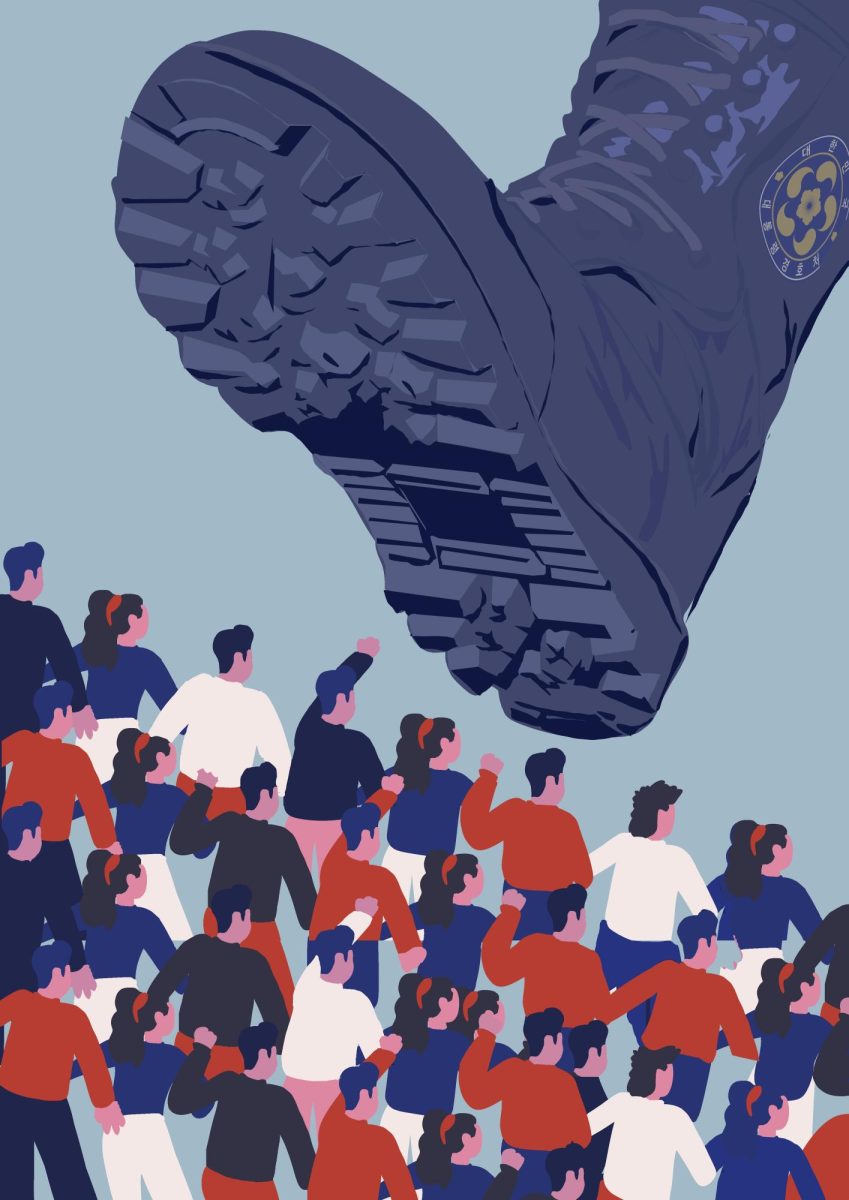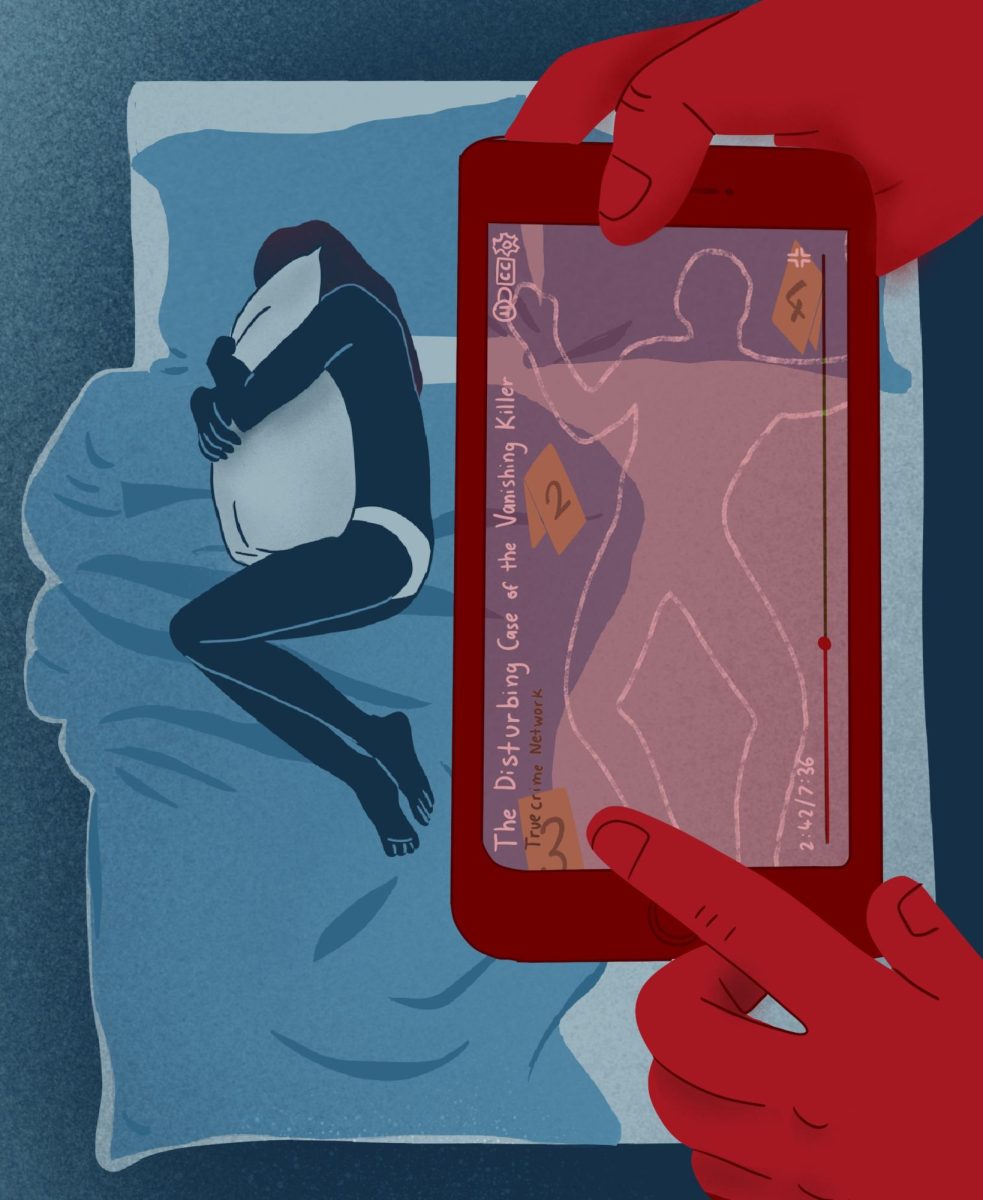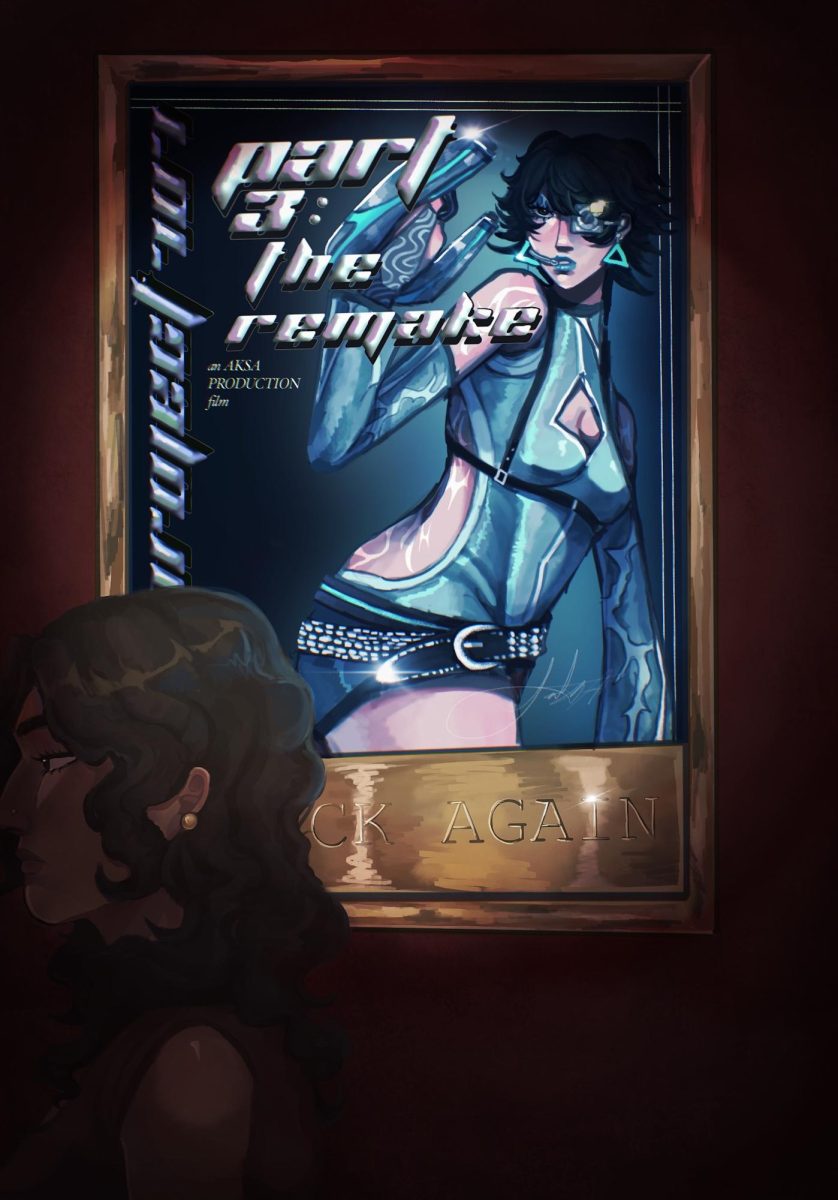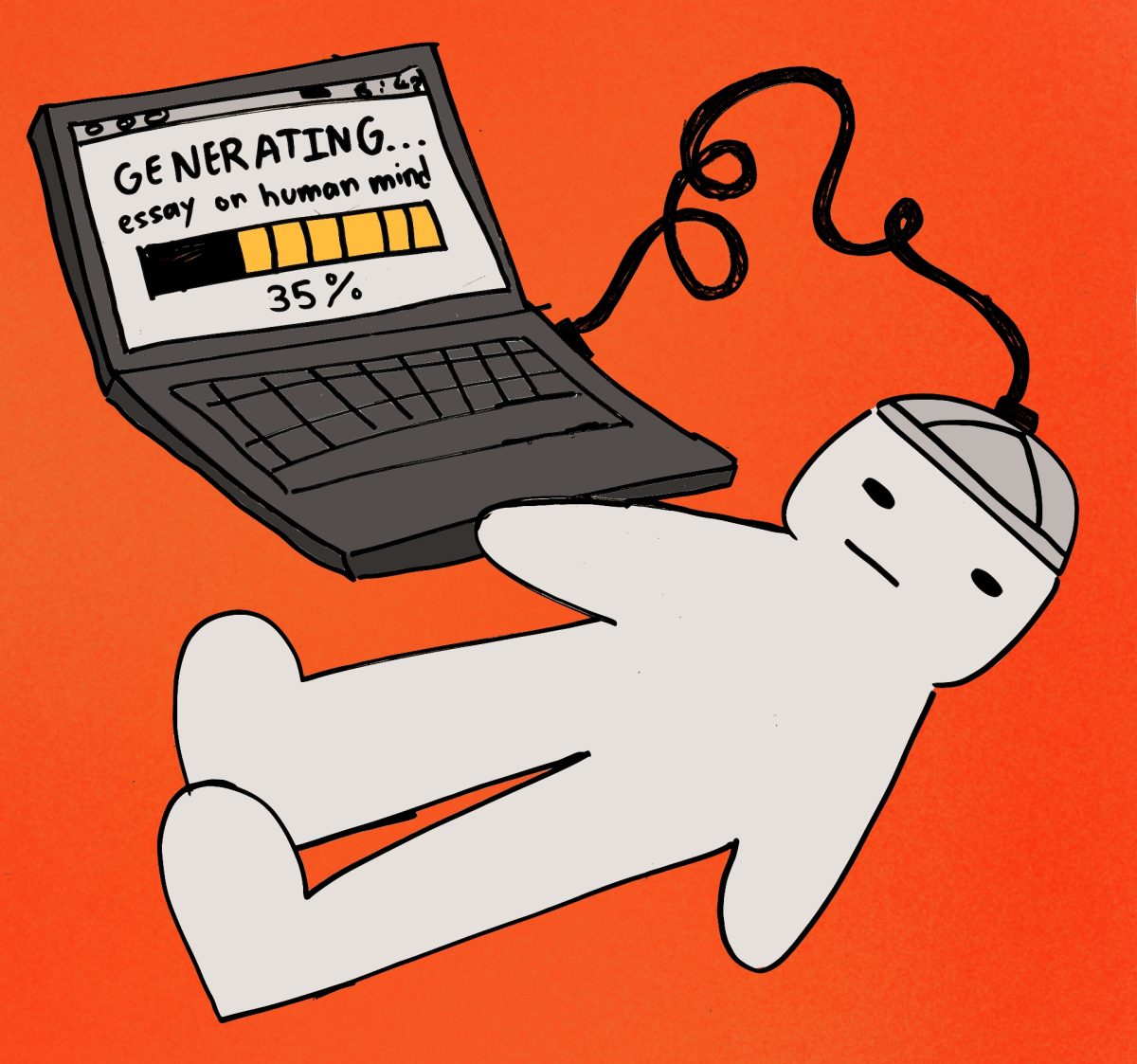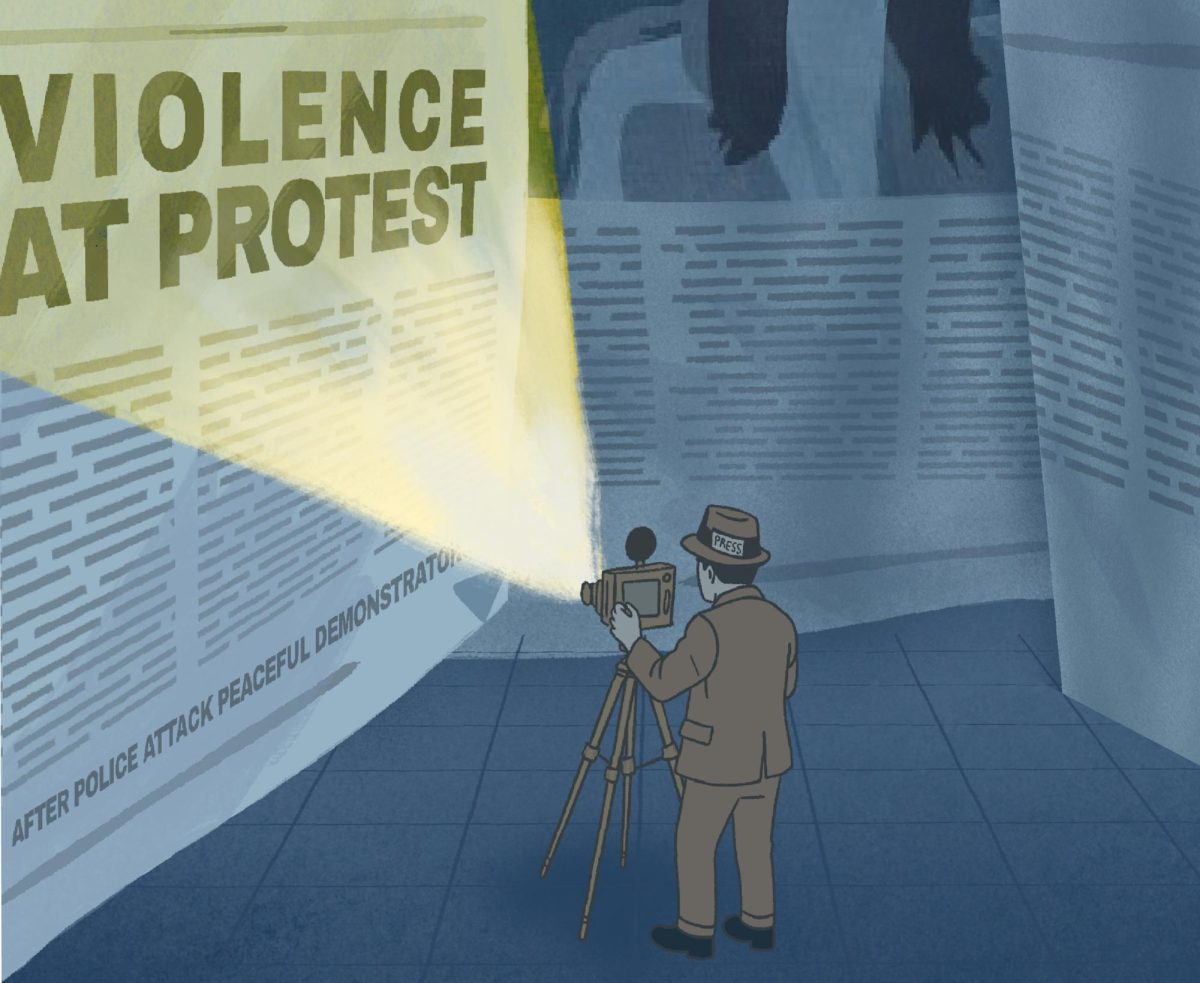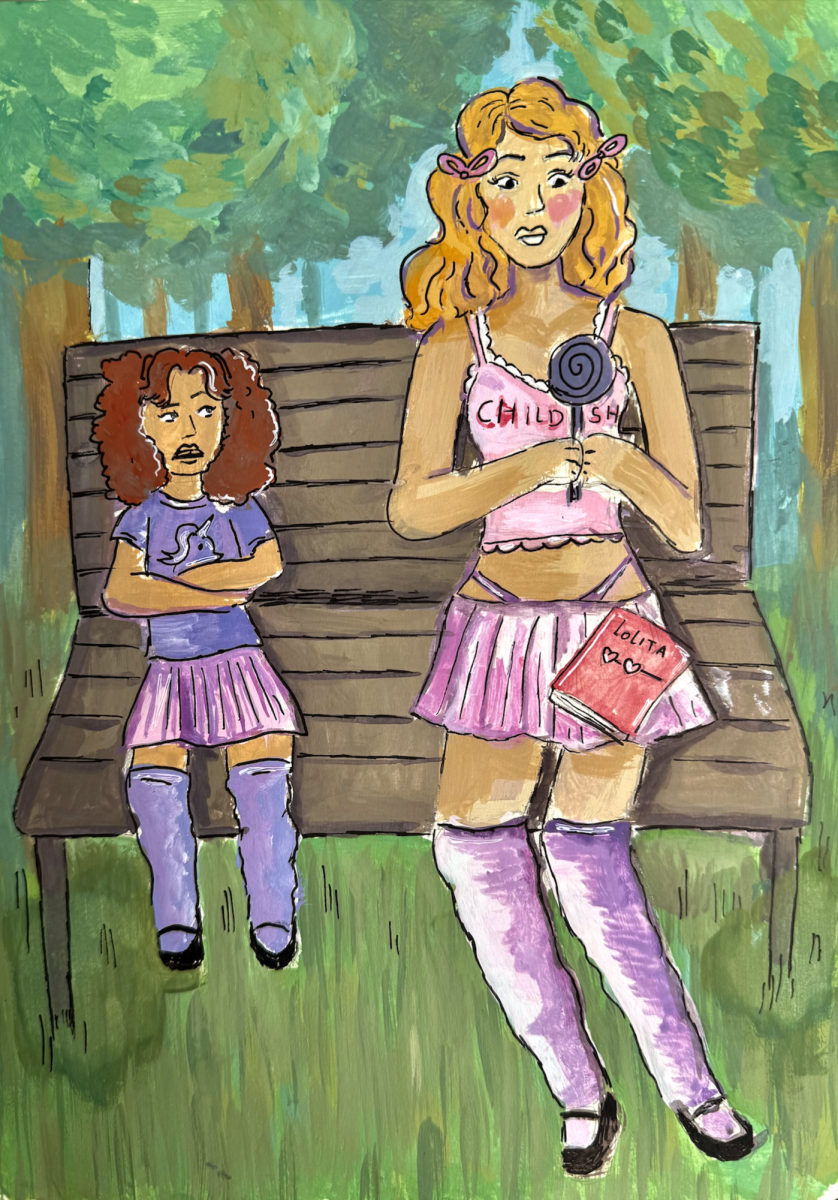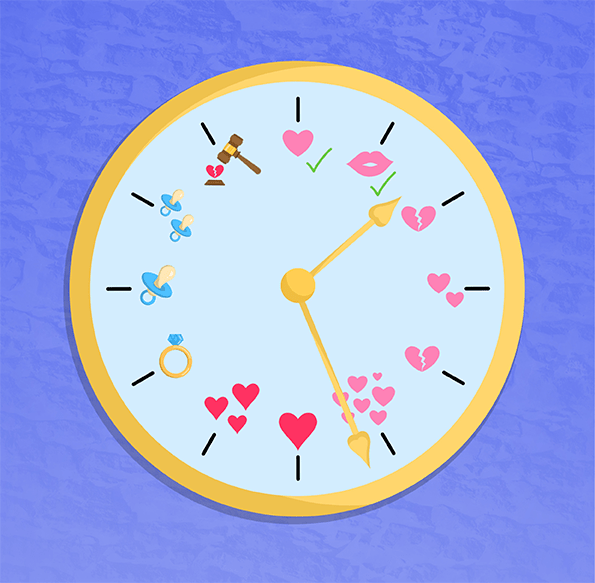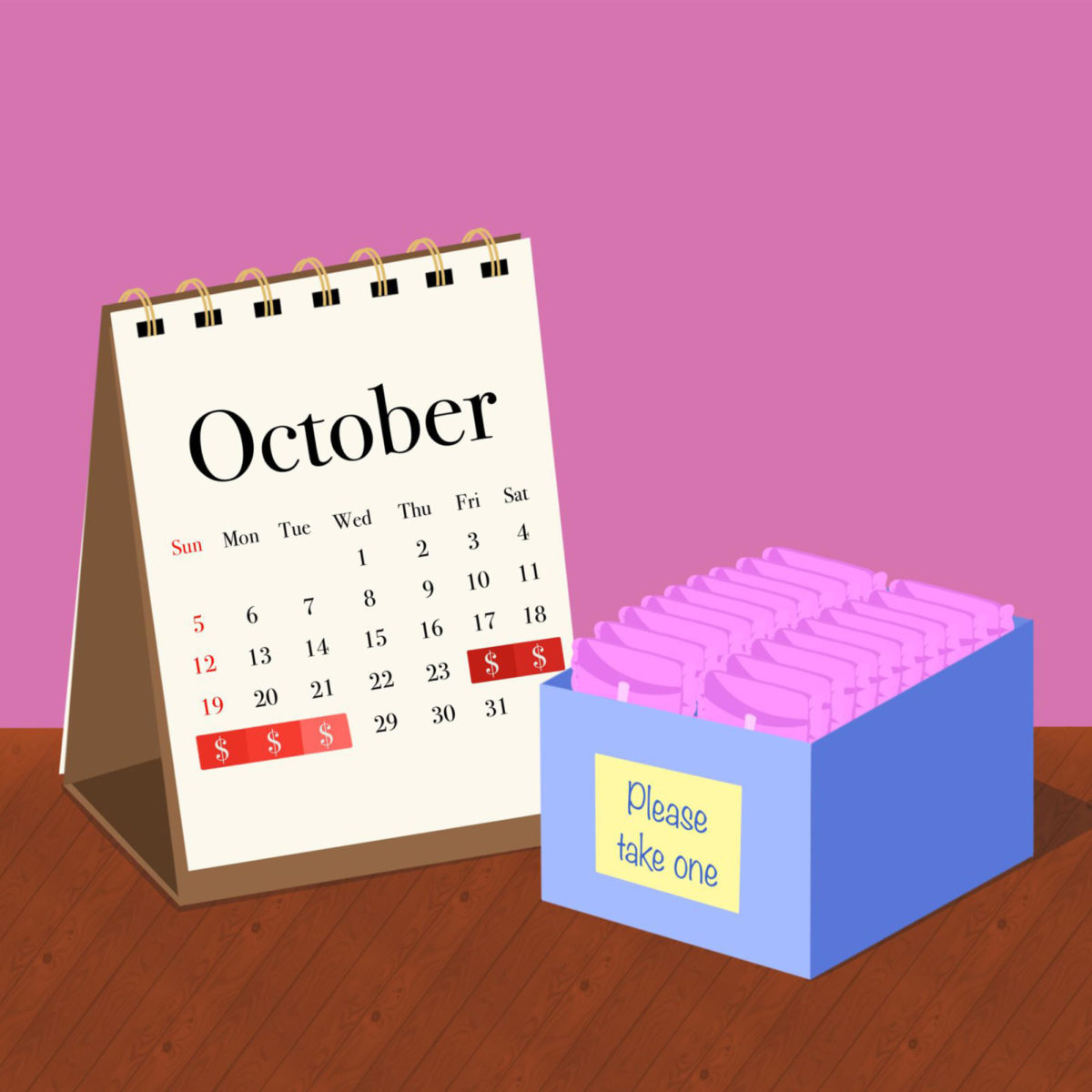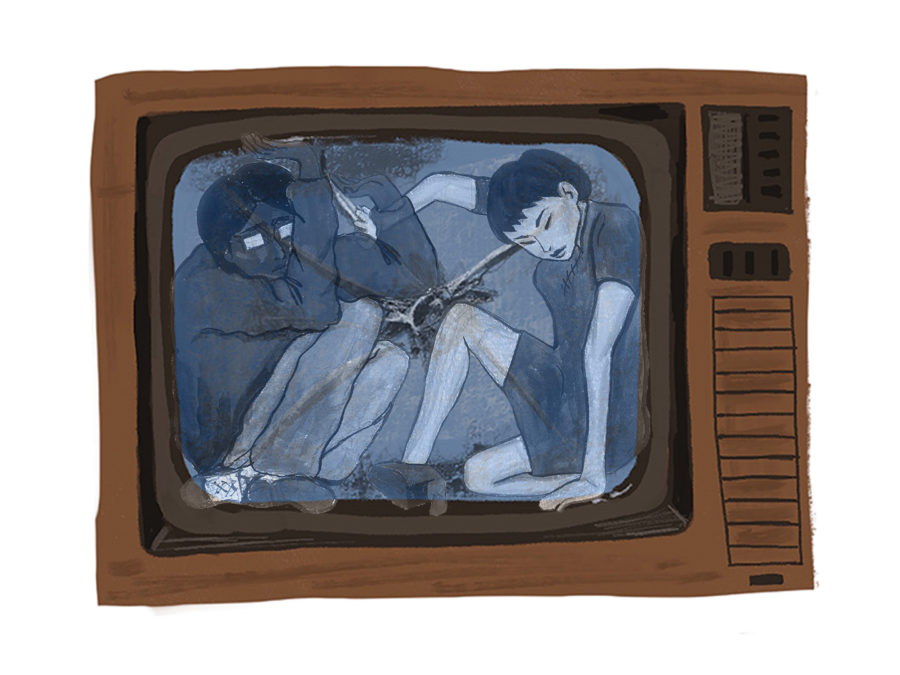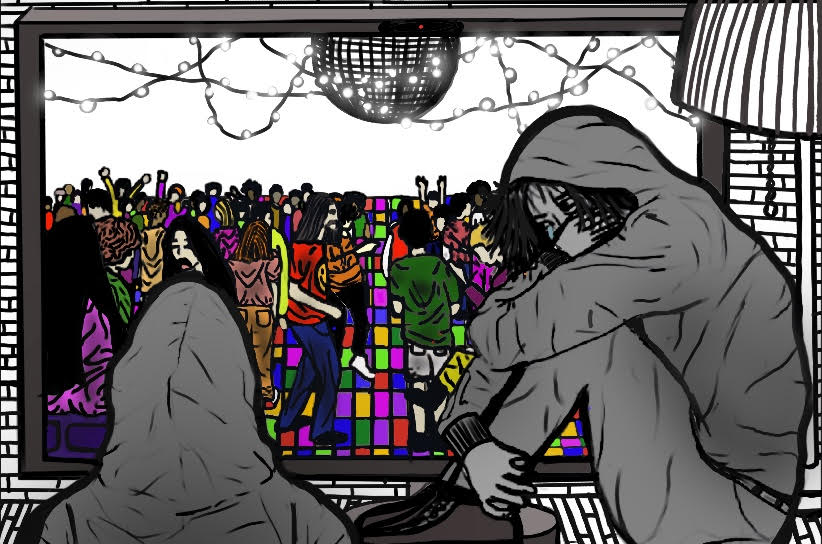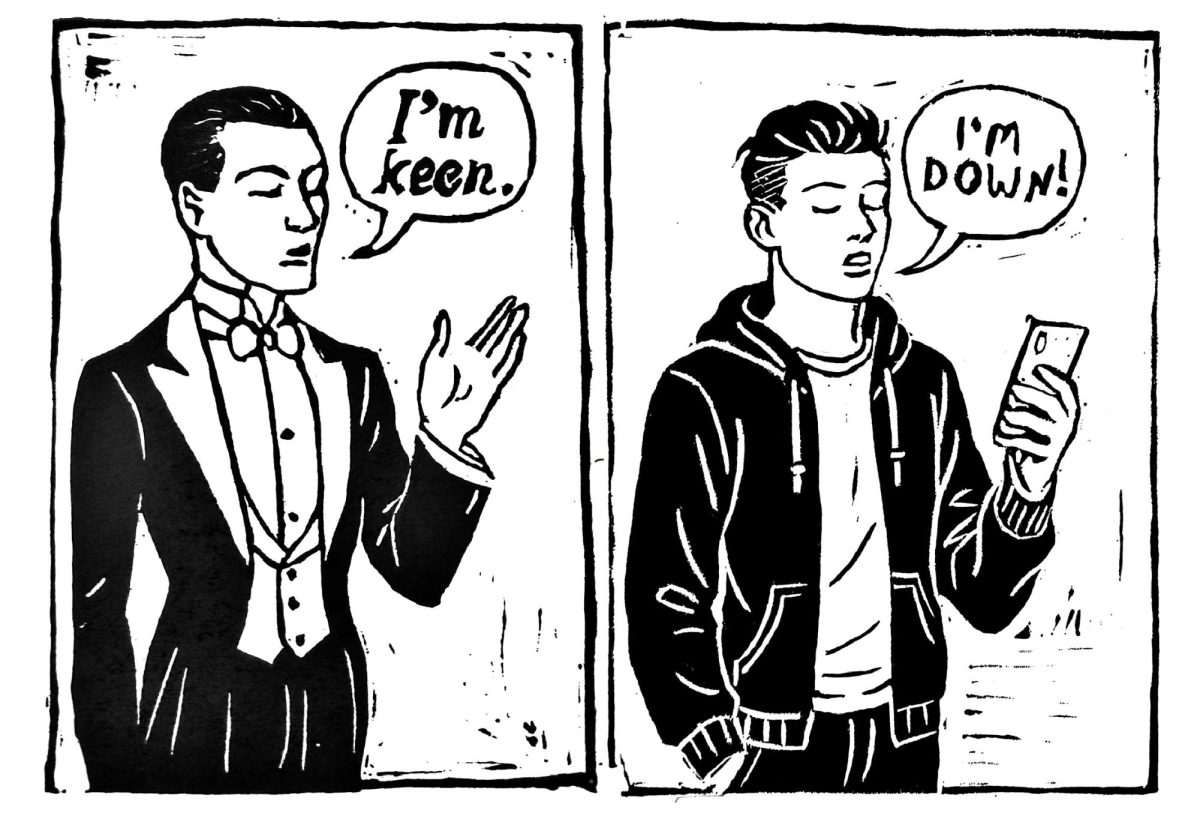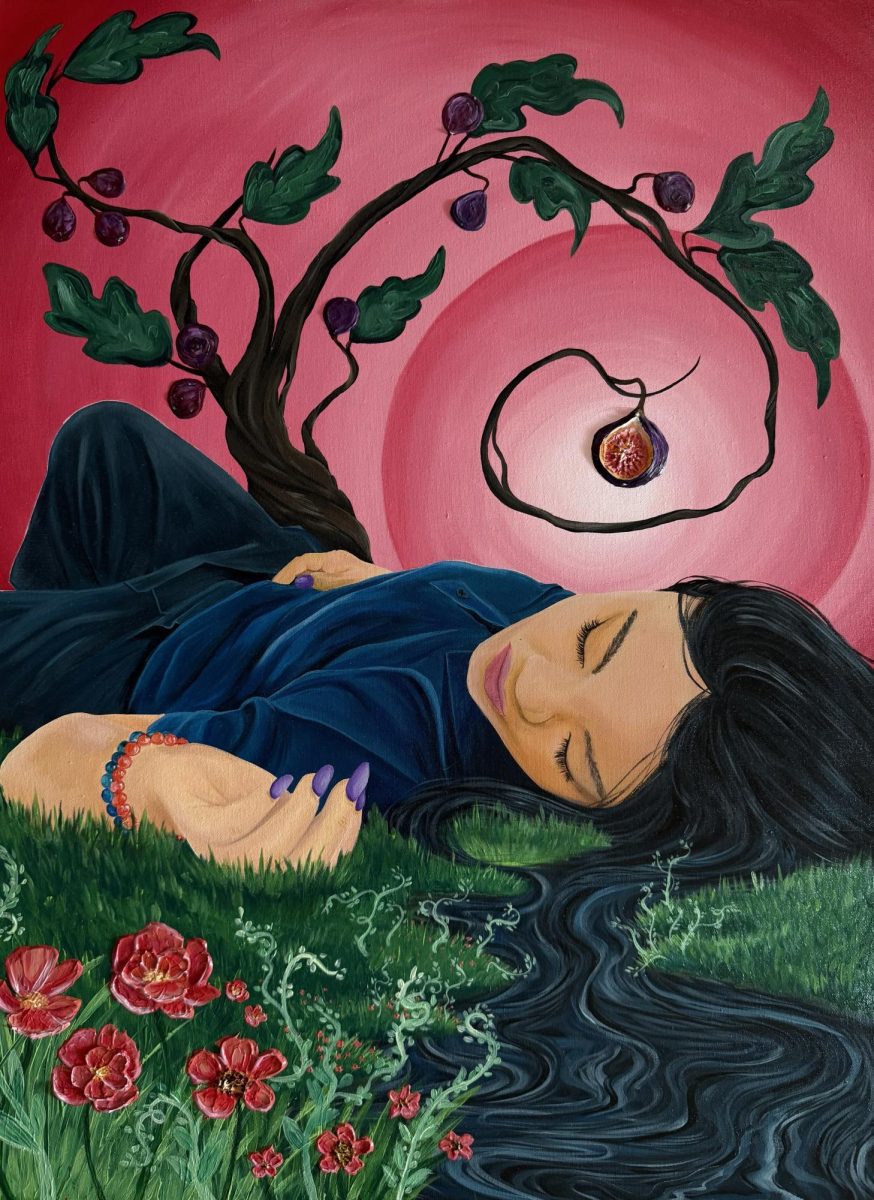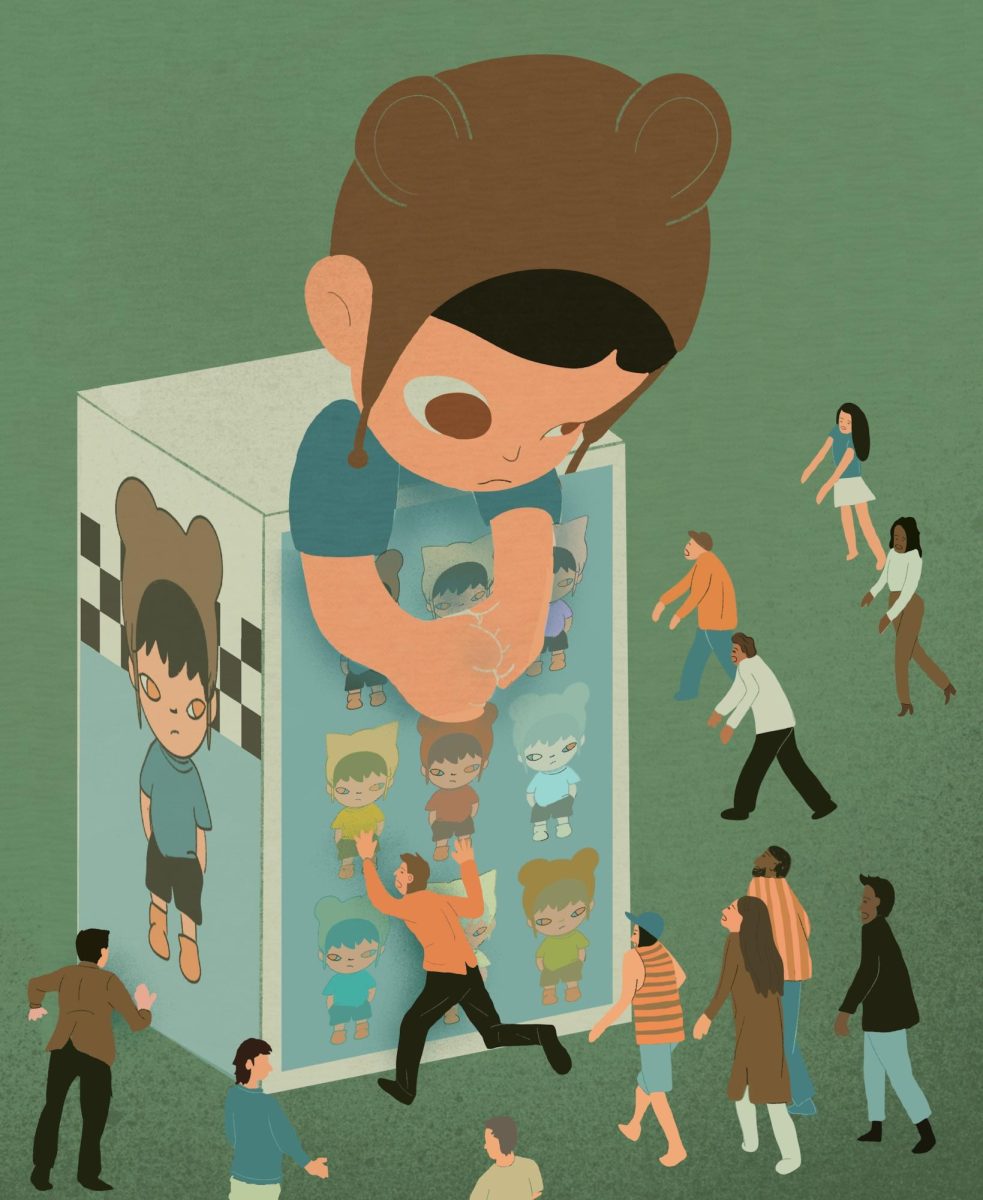Every month, women and girls all over the world face the straining and painful experience of roughly a week-long menstrual period. However, there’s an additional struggle overshadowed by the already brutal physical and mental burdens a menstrual cycle brings: the cost of buying the necessary products to cope with one. According to US News & World Report, the average woman spends $9,000 over a lifetime on period products—necessary tools that accommodate their own biology. To many, spending $5-$8 on a box of pads or tampons each month is simply not an option due to their financial circumstances. “Period poverty”, the term coined to describe a lack of access to menstrual hygiene and sanitary products, is a factor for thousands of women’s sacrifices: having to miss work or school for days at a time, being unable to perform basic tasks, and even dropping out of their education altogether.
The tendency for products targeted towards women being more expensive than those towards men, commonly known as “pink tax”, is such a widespread phenomenon that it’s almost impossible to find period products that cost less than a small meal. The World Bank estimates that globally, 500 million people lack access to menstrual products or hygiene facilities; a survey by Plan International concluded that one in ten women in the UK has been unable to afford sanitary products at some point; and in areas with insufficient access to hygiene products, researchers found that menstruation often contribute to young girls leaving school completely. Especially women with several mouths to feed or have labor-intensive jobs, it’s all the more difficult for themto meet basic female hygiene and health standards because of the costs needed to do so.
There should not be dilemmas between choosing to buy a pad or to buy lunch, but 200,000 women live on the streets in the US alone and are therefore unable to afford both. This brings up several concerns: not only does a lack of proper access to period products cause health issues and social isolation, it opens doors for negative stigma and shame—especially for young girls. “It’s extremely stressful [especially] the fear of leaking through clothes and the general sense of shamethat people put on anyone who menstruates,” senior Noor E. shared through a JIS high-school wide survey about menstrual products. “It’s especially embarrassing when going out with male friends who are less understanding than some of my other friends because explaining why you need to go to the pharmacy now without knowing how they react can be even more anxiety inducing.”
Through the same survey, students who have periods were asked if they spent their own allowance on period products or if their parents bought them for home, and roughly 95% of over 100 responses picked the latter. Though this percentage is high, it goes to show that even teens who go to a prestigious school of this nature are still forced to choose between spending their allowance on their wants or on hygiene products. Nevertheless, over 80% of responses who have a period were in support of making menstrual products free.
Of respondents who do not menstruate, half said they thought period products should be free, simply stating that the matter was “self-explanatory” or that these products are a “basic necessity.” Meanwhile, 8% said they believe these products shouldn’t be free, and the remaining were either unsure or do not have an opinion on the topic. These respondents stated comments along the lines of “it’s not my place to say” or simply “I don’t know, I’m a man.” This indifference could stem from a lack of understanding, a lack of education, or just plain apathy.
There’s a natural solution to bring an end to the socioeconomic and destructive impacts caused by period poverty, which is to eliminate the costs for period products altogether. If period products were made free of charge, there’d be a number of positive worldwide impacts—most noticeably, improvements in access to menstrual hygiene products. What follows would be low-income or women on the streets having access to appropriate and sanitary commodities, no more sacrifices having to be made directly because of period poverty, and many more outcomes. Generally, a weight will come off the shoulders of women everywhere. Providing free and easily accessible menstrual products in public areas would also help to lessen the stigma and shame around menstruation, promote gender equality, and social inclusion.
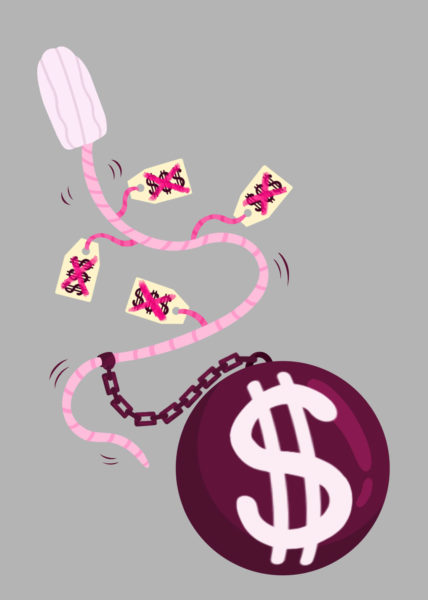
With that said, there’s one variable that remains constant throughout the discussion of eradicating the price tag on period products: the cost of production to supply them. Many of our survey respondents expressed concerns that if menstrual products were to be made free, who would supply them if co0rperations wouldn’t receive a profit? Could production continue if funded by just government subsidies? Even so, the matter still stands: a number of sanitary and health products are simply provided. Such as how some governments supply free condoms to the male populace, or when establishments give out free anti-balding treatments. Meanwhile, menstrual cycles are neither voluntary nor cosmetic. So why is it that their accommodations are one’s own responsibility?
While this may be regarded as simply a women’s issue, it’s important to recognize this more as a matter of human rights. “Half the population menstruates. And if you can’t talk about periods in a country like this, how are you supposed to deal with issues like period poverty?” JIS senior and service officer of Code Red, Trisha Kirpalani stated—a testament to the club’s mission of advocating against period poverty and the stigma surrounding it in local communities. “You go into a bathroom, you see soap, you see tissue, but those are also needs, just like menstrual pads are. If a girl walks into the bathroom when she gets her period, and there’s no pad, why is that?”
A lack of access to these necessities lead to nothing but embarrassment and financial burden. Should there be a price tag to something half the world needs for half their lives? After all, if men menstruated, wouldn’t they expect these products to be free?

